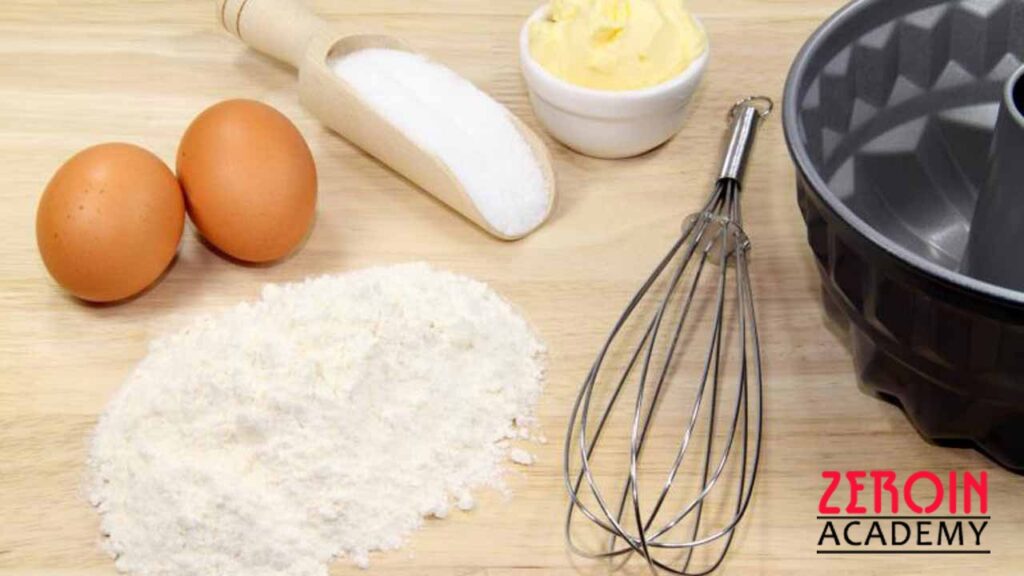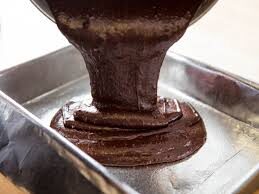Baking is a science and needs accuracy, precise measurements, and the basics of the scientific reaction while adding the ingredients. Also, it is to be noted that one of the scientific reactions in baking is caramelization, which enhances the flavor, richness, and intense taste of the baked products. Hence, this blog is curated by Zeroin Academy, one of the best cake making classes in Chennai, exploring the science behind caramelization for successful baking.
Understanding Caramelization:
Caramelization is a complex chemical process that transforms sugar molecules when exposed to heat. In this process, the sugar molecules break down into simple particles, resulting in a golden-brown coated layer of baked products with its unique intense flavor. In addition, caramelization is often made with sugar (sucrose) but can also be made with other products containing fructose and glucose.
The Science Behind Caramelization:
Caramelization is a Maillard reaction, a class of chemical reactions responsible for browning and flavor development in various foods. As sugar molecules heat up, they undergo a series of chemical transformations. Initially, sugars melt and then break down into more minor compounds through dehydration and polymerization. The resulting compounds undergo further reactions, developing complex aromatic compounds contributing to caramelized foods’ distinctive taste and color.
The temperature at which caramelization occurs can significantly impact the outcome. Lower temperatures result in lighter caramelization, producing sweeter and less complex flavors. On the other hand, higher temperatures yield darker caramelization with more intense and bitter notes. Understanding the science behind these reactions empowers bakers to manipulate the process for optimal results in various recipes.
Caramelization In Baking:
Caramelization plays a pivotal role in the success of many baked goods, adding depth and complexity to sweet and savory dishes. In baking, sugar is often caramelized in various forms—granulated, brown, or even as part of ingredients like fruits or syrups.
Enhancing Flavor Profiles:
The rich, nuanced flavors derived from caramelization can elevate the taste of baked goods, turning a simple recipe into a culinary masterpiece. Caramelization contributes to a delightful symphony of flavors, from cookies and cakes to bread and pastries.
Colour And Presentation:
Beyond flavor, caramelization enhances the visual appeal of baked goods. The golden-brown hues create an appetizing appearance often associated with perfectly baked and flavorful treats. It is essential in pastries and desserts, where presentation is critical.
Texture Improvement:
Caramelization also impacts the texture of baked goods. The sugars formed during the process contribute to a desirable crispiness or chewiness in specific recipes, providing a delightful contrast to the softness of the baked item.
Understanding the intricacies of caramelization is a valuable asset for any baker seeking to master the art and science of their craft. From the chemistry of the Maillard reaction to the transformative effects on flavor, color, and texture, caramelization is a fundamental element in successful baking. With this knowledge and guidance from Zeroin Baking Institute in Chennai, professional and home bakers can experiment and innovate, creating delightful treats that captivate the palate and leave a lasting impression.

